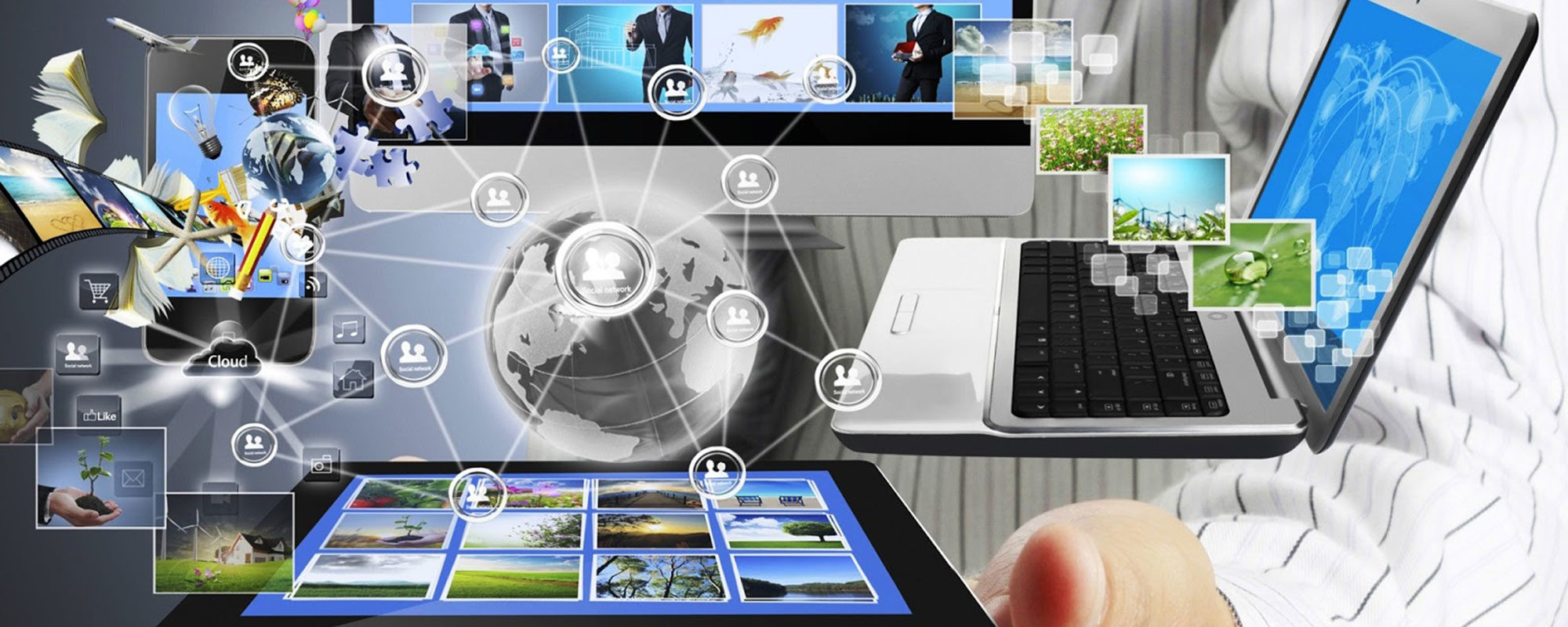
Educational technology may be thought of as a design science and as such, it has developed some specific analysis methodology like “Design-based mostly analysis”. However, because it addresses also all fundamental issues of studying, educating and social group, instructional technology makes use of the full range of modern social science and life sciences methodology.
Your Educational Digital Dna – Get Ready For Edtech Innovation
Sometimes it only goals at elevated effectivity or effectiveness of current practise, but incessantly it aims at pedagogical change. While it can be considered as a design science it also addresses elementary issues of learning, teaching and social organization and therefore makes use of the total range of modern social science and life sciences methodology. The computers may not be used effectively, or they may not produce the specified results or benefits. For instance, the computers might find yourself getting used as expensive word processors, not because the transformative studying tools they had been advertised to be.
Globally speaking, analysis methodology for educational technology relies on basic analysis methodology, particularly on approaches of the social sciences. Each time a brand new technology seems quickly after it might be hailed as a new resolution to schooling by both researchers and practitioners. Therefore, one also may argue that basically speaking, educational technology research and follow is technology driven (although not many members of the group would settle for this stance).
For instance, the content material and experience may adapt as a customer shifts from a cell phone to a laptop computer or from evaluating a model to creating a purchasing decision. The rising number of customer interactions generates a stream of intelligence that enables brands to make higher decisions about what their customers need. And the rapid rise of wearable technology and the Internet of Things represents the latest wave of touchpoints that will allow companies to mix digital and bodily experiences even more. Rory McDonald is the Thai-Hi T. Lee (MBA 1985) Associate Professor of Business Administration within the Technology and Operations Management unit at Harvard Business School.
Digital within the context of IT is concentrated on making a two-part environment that decouples legacy techniques—which support critical features and run at a slower tempo—from those who assist fast-transferring, often customer-dealing with interactions. A key function of digitized IT is the dedication to building networks that join units, objects, and folks. This strategy is embodied in a steady-delivery mannequin where cross-functional IT groups automate techniques and optimize processes to be able to release and iterate on software shortly. This means analyzing how a consumer is interacting with a brand and modifying these interactions to enhance the customer expertise.
